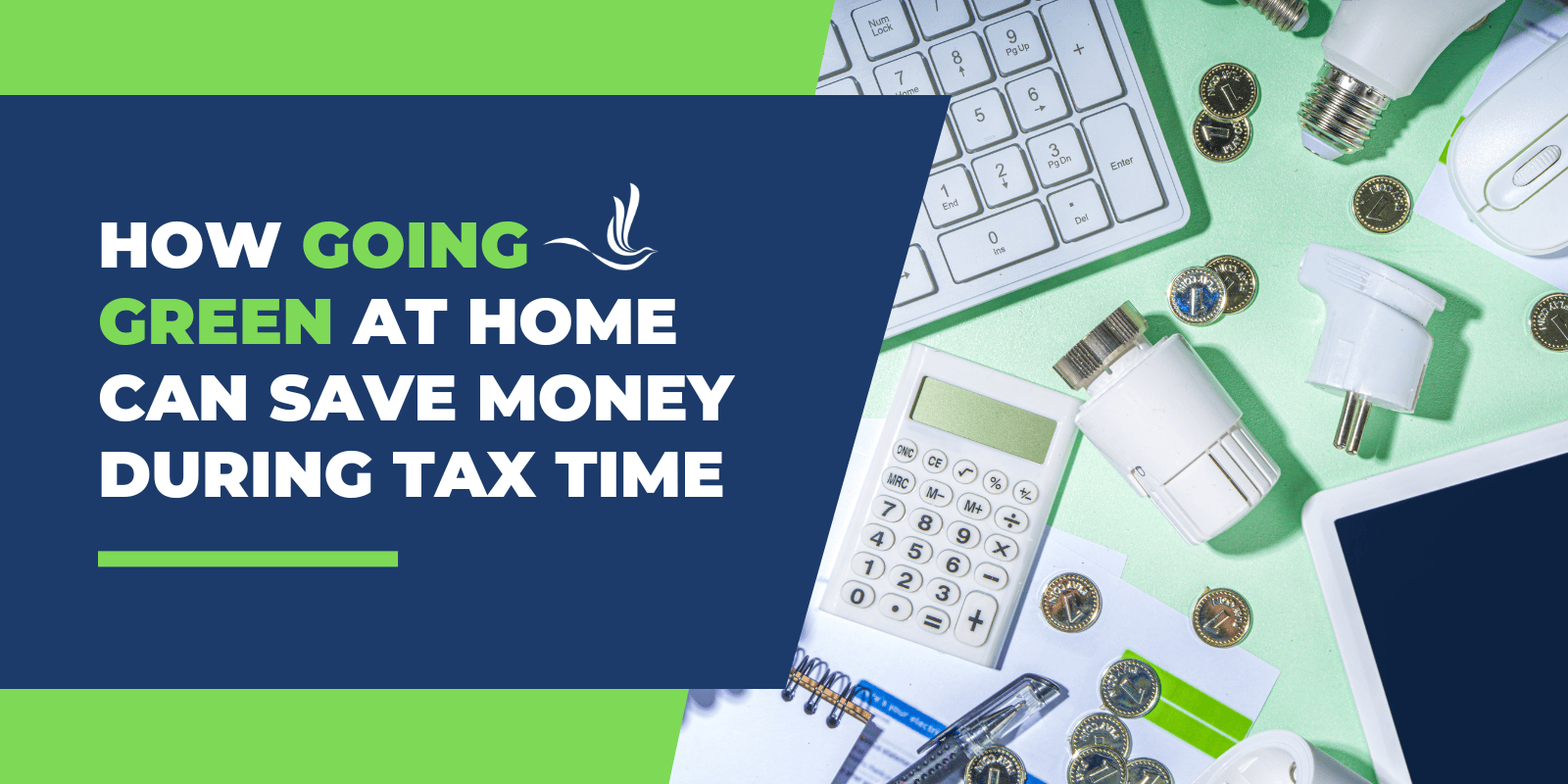
With all the talk of the new electric vehicle (EV) tax credits, it’s a good time to remind you that you can also claim tax credits by making some energy efficient upgrades to your home. The Energy Efficient Home Improvement Credit and the Residential Clean Energy Credit are up for grabs if you recently made qualified updates to your home that help conserve energy. Here’s a breakdown of two home energy tax credits, who qualifies for them, and how to claim them.
Energy Efficient Home Improvement Credit
Beginning in 2023, taxpayers can claim up to $3,200 in improvements made during the year. Specifically, this is thanks to the Inflation Reduction Act. Improvements made to upgrade energy efficiency are qualified expenses, including:
- Exterior doors, windows, skylights
- Insulation
- Central air conditioners
- Water heaters
- Furnaces and hot water boilers
- Heat pumps
- Biomass stoves and boilers
- Home energy audits of a primary residence
Renters and homeowners of primary residences and second homes may also claim the tax credit as long as the property is used as a residence. Conversely, landlords cannot claim the tax credit. The residence must be existing or for an addition or renovation to an existing home. Qualified taxpayers may claim up to $1,200 for energy property costs and some home improvements that upgrade energy efficiency. In addition, up to $2,000 may be claimed per year for qualified heat pumps, biomass stoves or biomass boilers. This tax credit may not be carried to future tax years and is nonrefundable. In other words, your savings cannot exceed the amount of tax you owe.
Residential Clean Energy Credit
The Residential Clean Energy Credit can be claimed for 30% of the expenses of new, qualified clean energy improvements in your home, as long is it was installed between 2022 and 2033. Basically, these qualified expenses include:
- Solar electric panels
- Solar water heaters (must be certified by the Solar Rating Certification Corporation or comparable organization)
- Geothermal heat pumps (must meet Energy Star requirements)
- Wind turbines
- Fuel cells
- Battery storage technology (must have capacity of at least 3 kilowatt hours)
You may claim this tax credit if the upgrades were made to an existing home or to a newly constructed home. However, the credit must be claimed in the tax year that the improvements were installed and not just purchased. This credit is nonrefundable, meaning your savings cannot exceed the amount of tax you owe. Additionally, there is no annual or lifetime limit on the amount credited to you, except for improvements made to fuel cells, as this provision will begin to phase out in 2033. Some of the expenses listed above only qualify if the home is used as your primary residence. Lastly, you should confirm with a qualified tax preparer about the limitations of this credit.
How to Claim the Energy Efficient Home Improvement and Residential Clean Energy Credits
Both green tax credits can be claimed using IRS Tax Form 5695, Residential Energy Credits. Part I allows you to claim the Residential Clean Energy Credit while Part II of the form allows you to claim the Energy Efficient home Improvement Credit. The most important thing when claiming any tax credit is to confirm you are eligible to claim it. Once you confirm your eligibility, be prepared to keep adequate records of any purchases and expenditures to substantiate your claim. Claiming a tax credit that you are not eligible for can result in receiving an IRS notice. If you have received an IRS notice, Optima Tax Relief can help.
If You Need Tax Help, Contact Us Today for a Free Consultation